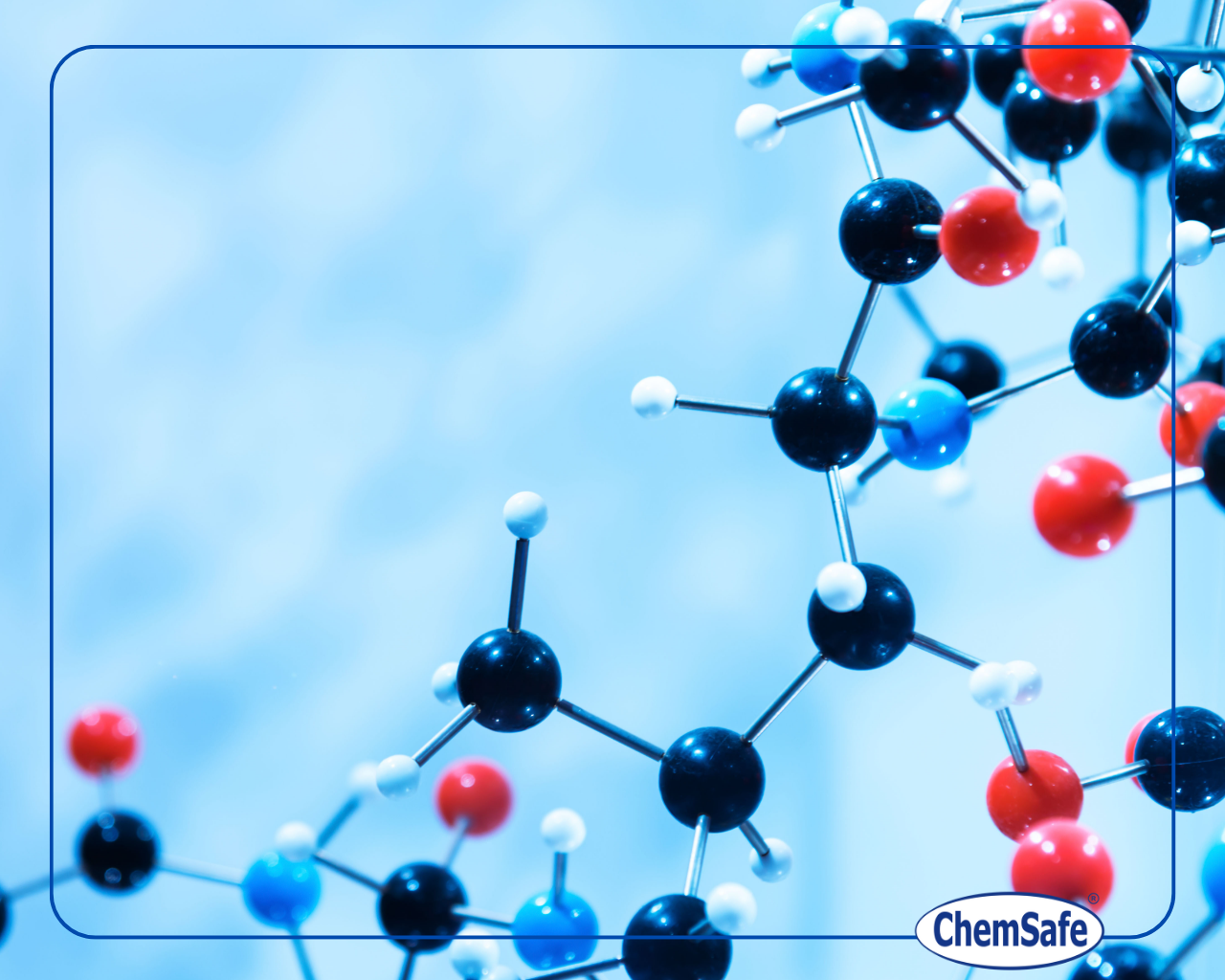What are PFAS?
PFAS (per- and polyfluoroalkyl substances) are a large family of synthetic substances, characterized by the presence of carbon-fluorine bonds.
The carbon-fluorine bond that characterizes PFAS is incredibly strong. This makes PFAS a group of highly stable but also very persistent substances.
Where are PFAS used?
PFAS are used in Europe as well as in the rest of the world in many different applications. Many PFAS are water, dirt and oil repellent, therefore are widely used in the textile sector (for example in outerwear clothes, umbrellas, bags, tents and shoes).
Many PFAS are also surfactants and therefore are used in products such as detergents, paints, ski wax and cosmetics.
Certain PFAS are used in firefighting foam for extinguishing fires.
Especially PFAS polymers have a very broad application in hundreds if not thousands of sub-applications.
PFAS are therefore used in many different industrial sectors, which includes aerospace and defence, automotive, aviation, food contact materials, construction and household products, electronics, firefighting and medical articles.
PFAS and their properties
PFAS may be released into the environment at any time during their lifecycle: from the manufacture of the substance, to the use of a product that contain PFAS, to the point of disposal as waste.
All PFAS are considered to be very persistent in the environment, either on the basis of their own very persistent properties or the very persistent properties of their terminal degradation product. This is why they are called the “forever chemicals”.
PFAS are also mobile, they can disperse over long distances through air and water. This means that they can be detected long distances away from the source of their release (for example, in arctic environments).
Human biomonitoring has shown the omnipresence of PFAS in humans, with highly exposed communities showing the highest levels. Furthermore, available scientific literature on PFAS that have been investigated in animal and epidemiological studies shows human health hazards and concerns for many PFAS.
REACH restriction proposal
Five European Competent Authorities prepared a restriction proposal(1) that aims to ban both the use and production of PFAS in order to reduce the risks these substances pose to humans and the environment.
What are next steps?
ECHA’s scientific committees for Risk Assessment (RAC) and for Socio-Economic Analysis (SEAC) are now in the process of evaluating the proposed restriction (together with the input that were collected during ECHA public consultation) in order to provide an opinion on the matter.
At the moment, RAC and SEAC are discussing in their March meeting the PFAS restriction proposal applied to the following sectors: consumer mixtures, cosmetics and ski wax.
In their June meeting they’ll be discussing metal plating and manufacture of metal products.
In September 2024 meetings RAC and SEAC will address the following sectors: textiles, upholstery, leather, apparel, carpets (TULAC), food contact materials and packaging and petroleum and mining.
Information about the remaining sectors will be announced in conjunction with the RAC and SEAC next meetings.
Once the two opinions of the ECHA Committees will be finalized they’ll be sent to the European Commission who, together with the EU Member States, will then decide on the potential restriction.
Note:
(1)https://echa.europa.eu/it/registry-of-restriction-intentions/-/dislist/details/0b0236e18663449b







